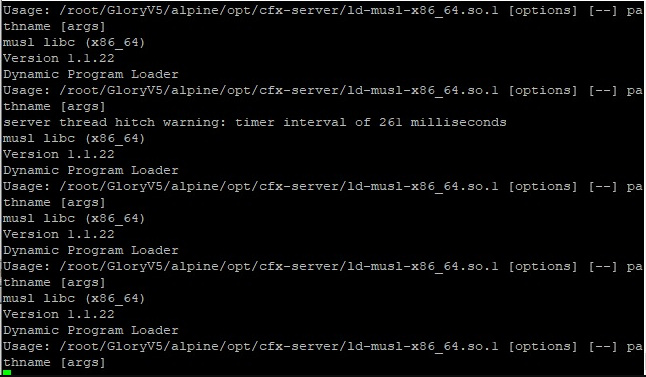
- #Yarn install webpack global update#
- #Yarn install webpack global upgrade#
- #Yarn install webpack global Offline#
How does it work? packages installed using Yarn are installed on the user disk.


#Yarn install webpack global Offline#
Yarn’s offline download feature is one cool feature.
#Yarn install webpack global update#
NPM doesn’t have an equivalent CLI command but has a global utility module which is installed by running npm i -g npm-upgrade, which is used to update all the packages in package.json by running npm-upgrade.
#Yarn install webpack global upgrade#
yarn upgrade vs npm-upgrade: The upgrade keyword, updates all the packages specified in the package.json file for Yarn.Yarn’s use of the version keyword is in terms of updating the tag of application in semver (semantic versioning) format, whereas NPM displays a list portraying the version of the current project, Node, NPM, and other dependencies. yarn version vs npm version: These commands are the same but yield different outputs.Let’s look at a few of the differences between NPM and Yarn’s CLI syntax in detail: NPM has no equivalent command as at the time of this writing. At the time of this writing, this command is not yet available. Yarn self-update: This command is used to update Yarn to the latest available version. NPM has an equivalent but is an installed package. Yarn upgrade: This command upgrade all the packages in the package.json file. Npm version: This command lists the version of your application, Node, NPM as well as other Node dependencies. Yarn version: This command is used to update the version of your application using semantic versioning. Npm uninstall : This is the NPM equivalent for removing or uninstalling packages. Yarn remove : This command is used to remove a package. Npm install : This installs a package from NPM. Yarn add : This command is used to install a package Npm run: npm run is an alias for the command npm run-script, which does the same thing thing as its Yarn equivalent. Yarn run: This command is used to run script object specified in the package.json file. Npm install: This is used by NPM to install packages from the package.json file. Yarn: This command is used to install all the packages in a package.json file.

Note that some commands appear in both package managers but do not necessarily do the same thing. Let’s examine the CLI syntax provided by NPM and Yarn. With those results, we don’t need a mother confessor to decide which of the package managers are faster. Yarn installs without internet while NPM doesn’t. Install without internet (with node_modules) Install with cache (without node_modules) Install without cache (without node_modules) The result of the test is stated in the table below: test case You can perform these tests yourself by cloning this repository. In this benchmark, we’ll be performing speed test with the latest version of Node v10.11.0 at the time of this writing. This is where we’ll put package installation speeds to the test using a benchmark performed by appleboy. In this section of this article, we’ll compare the performance of these stacks and also their CLI syntax, offline capabilities and ability to install packages in parallel. In recent times, NPM (version 6.4.1 ) has bridged the gap with Yarn (version 1.9.4) in terms of performance. It was believed since it’s introduction, that Yarn had better performance as opposed to NPM. Performance has been a bone of contention when comparing these two stacks, NPM ( Node package manager) and Yarn (dependency manager created by Facebook). We’ll be looking at these package managers side by side considering the following features:Īt the end of this article, you’ll be able to decide which package manager to use when building your project. Two popular package managers in the ecosystem are NPM (Node package manager) and Yarn (package manager created by Facebook). Developers are usually caught in a dilemma when choosing between package managers to use in building and managing project dependencies.


 0 kommentar(er)
0 kommentar(er)
